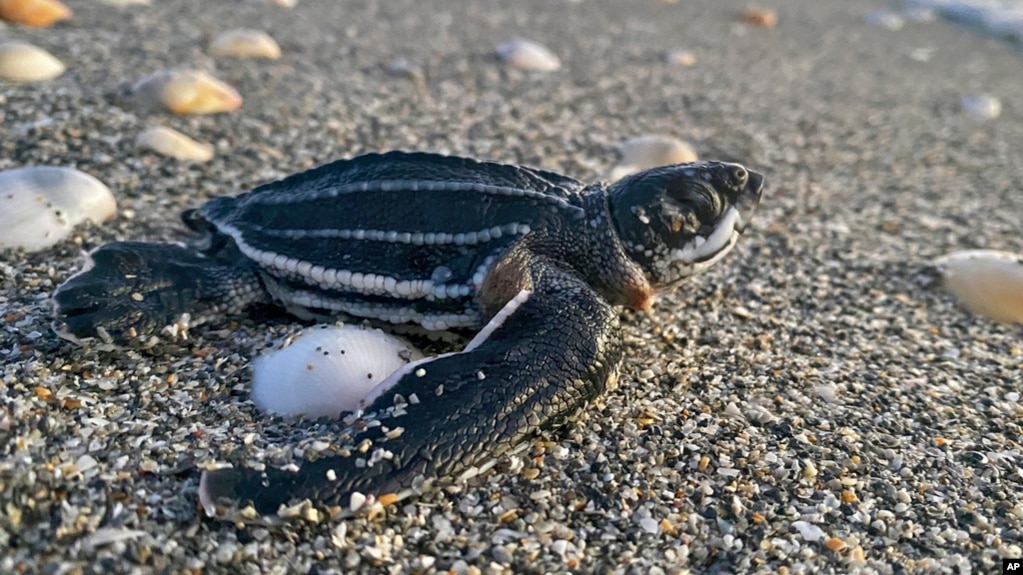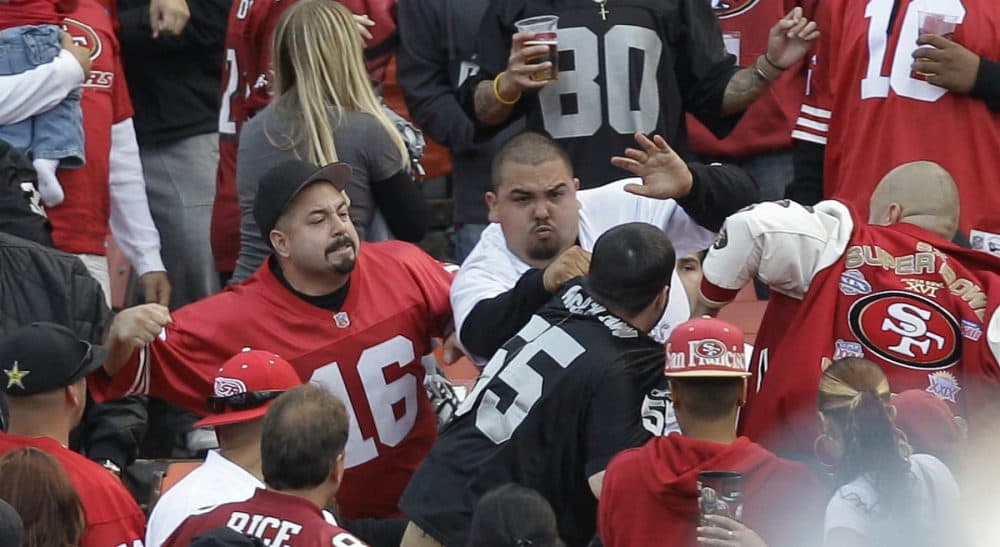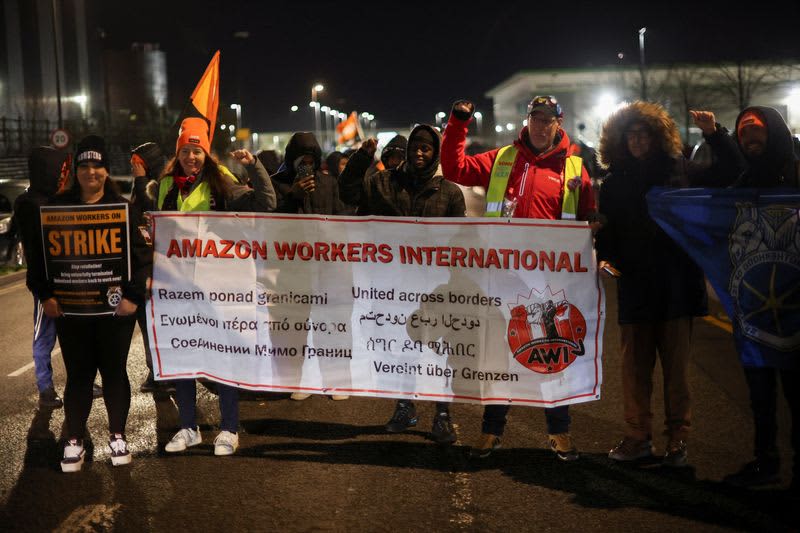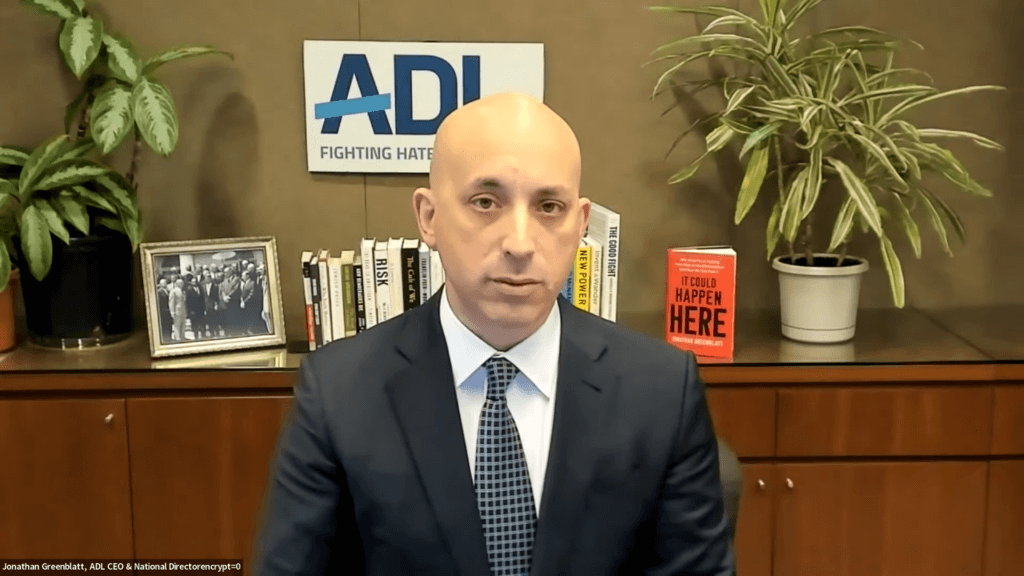
By Brent Simpson, University of South Carolina
When people work for discriminatory managers, they put in less effort. That’s true both when managers are biased against them and when they’re biased in their favor, according to a new paper that Nicholas Heiserman of Oklahoma State University and I have published in the journal Nature Human Behaviour.
To demonstrate this, we placed nearly 1,200 research participants in several experiments designed to mimic work settings, where they and other “workers” made decisions about how much effort to dedicate to a task.
In some experiments, we had participants complete number searches – by counting how many times “3” appeared in a large table of numbers, for example. The more searches a participant completed, the higher their effort was rated. Participants, working in pairs or in small groups, were told that their manager would award a bonus to one person based on how many number searches the workers completed.
To create a discriminatory situation, participants were told that there were two types of employees: blue and red. Participants were always assigned to be blue. One-third of the participants were told that the manager had a bias against blue employees, while another third were told that the manager was biased in their favor. The rest didn’t receive any information one way or the other.
We found that those workers who knew their managers discriminated – whether it was for them or against them – completed fewer number searches than participants in the control group.
By measuring workers’ expectations that they would receive a bonus, our experiments also help show that discrimination reduces work productivity by separating effort from rewards.
This makes intuitive sense: If you know your boss is biased against people like you, you’ll have less incentive to work hard, since you know you’re unlikely to get promoted regardless. Similarly, if your boss is biased in favor of people like you, you’ll probably get promoted anyway. So, again, why work hard?
Why it matters
It’s well established that workplace discrimination leads to reduced earnings and advancement opportunities for members of disadvantaged groups.
But our results suggest that it can lower productivity of all workers, even those advantaged by it – which means discrimination may hurt firms’ bottom lines more than has been assumed.
Another of our key findings helps explain why the effects of discrimination on work effort can worsen over time. Specifically, we found that even though working for a discriminatory boss made everyone put in less effort, the disadvantaged showed the largest decline.
We suspect this could lead to a vicious cycle, where targets of discrimination respond by putting in less effort than advantaged workers. In turn, their managers may come to see them as lazier, less competent or less deserving of promotions – which can strengthen their original biases.
To test this, we ran an additional study with participants who had managerial experience. We showed them the work effort of two groups of participants from our experiments: one group that had been discriminated against, and one that benefited from discrimination against others. The latter group had higher productivity.
We labeled these groups generically as “red types” and “blue types,” and while the managers knew that one group had put in more effort, they didn’t know discrimination was the reason why.
We found that managers readily stereotyped both groups, perceiving members of the advantaged group as warmer and much more competent. Further, they said they would strongly prefer to hire, work with, promote and give bonuses to members of the advantaged category.
These findings show how discrimination can lead to behavior by employees that strengthens the negative stereotypes underlying the original act of discrimination, or even spread discriminatory stereotypes to new managers.
What’s next
Studying discrimination based on invented categories in simulated work environments can help us understand the basics of how it works, but it ignores differences in how bias operates when it comes to, for instance, race versus gender, or sexuality versus parental status. An important goal for future research is to better understand how the processes we observe play out for these real-world bases of discrimination.
For instance, following a related study, future research might measure racial biases of managers in organizations and the productivity of employees who work for them. Based on our research, we would expect employees whose managers are racially biased to be less productive than employees whose managers aren’t.
But we may expect different effects if, rather than racial discrimination, we studied the well-established pattern of discrimination against mothers in the workplace. That’s because, as we have shown in our prior work, some mothers don’t interpret clearly biased treatment of them in the workplace as discriminatory. So what happens when people work for biased managers but don’t recognize it? That’s an important question to address in future work.
The Research Brief is a short take on interesting academic work.
Brent Simpson, Professor of Sociology, University of South Carolina
This article is republished from The Conversation under a Creative Commons license. Read the original article.



















